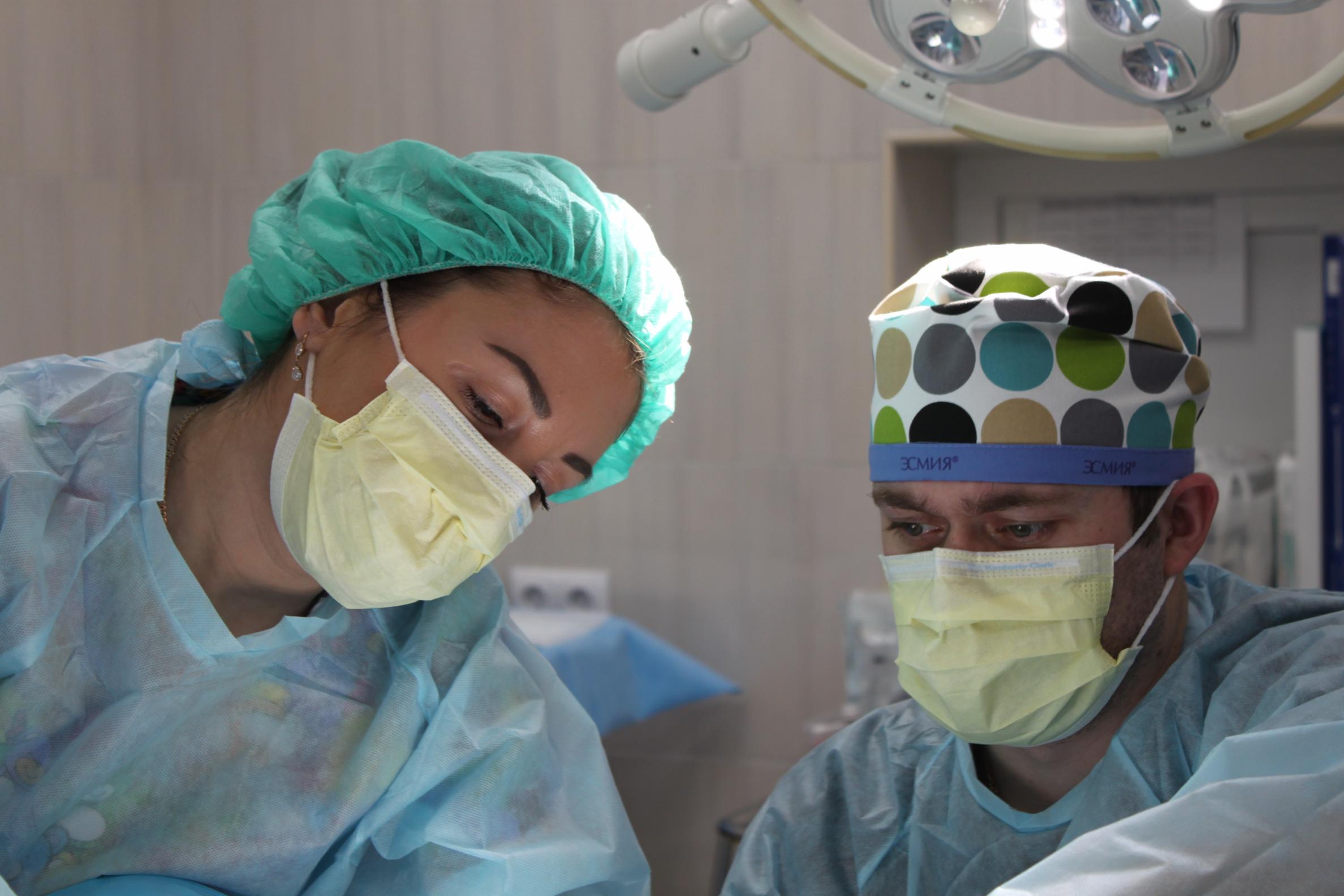Testosterone is a hormone that is crucial for the development of male sexual characteristics and the maintenance of muscle mass. It is produced naturally by the body in both men and women, but men produce testosterone in greater amounts. However, as men age, their testosterone levels decrease, leading to a range of symptoms that can have a negative impact on their quality of life. Fortunately, testosterone replacement therapy (TRT) is available to help men combat the effects of low testosterone. This comprehensive guide will provide you with all the information you need about testosterone prescription and the benefits it can provide.
What is testosterone replacement therapy?
Testosterone replacement therapy involves the use of testosterone to boost levels of the hormone in the body. There are a number of different methods of administering testosterone, including injections, topical gels, and patches. The method you choose will depend on your personal preferences and the advice of your doctor.
What are the benefits of testosterone replacement therapy?
The benefits of testosterone replacement therapy are numerous and varied. The primary benefit is the reversal of the symptoms of low testosterone, which can include low sex drive, erectile dysfunction, decreased muscle mass, and fatigue. TRT can also improve bone density and help prevent osteoporosis, which is particularly important for older men. In addition, TRT may help to improve mood and cognitive function, as well as reducing the risk of certain diseases, including heart disease and diabetes.
How is testosterone replacement therapy prescribed?
Before starting testosterone replacement therapy, you will need to undergo a thorough medical evaluation to determine whether you are a suitable candidate for the treatment. This evaluation will typically include a physical examination, blood tests to measure your testosterone levels, and other tests to assess your overall health. Based on the results of these tests, your doctor will determine the appropriate dosage and method of administering the testosterone.
What are the potential side effects of testosterone replacement therapy?
Like all medications, testosterone replacement therapy can have side effects, although these are generally mild and temporary. The most common side effects of TRT include acne, fluid retention, and breast enlargement. In rare cases, TRT can lead to more serious side effects, such as sleep apnea and an increased risk of blood clots. However, these risks can be minimized by working closely with your doctor to monitor your progress and adjust your treatment plan as necessary.
How long does testosterone replacement therapy take to work?The time it takes to see the benefits of testosterone replacement therapy varies from person to person. Some men may start to notice an improvement in their symptoms within a few weeks, while others may take several months to see any improvement. It is important to be patient and to follow your doctor’s advice closely to ensure that you get the best possible results from your treatment.
Conclusion:
Testosterone replacement therapy can be an effective way to combat the symptoms of low testosterone and improve your overall quality of life. However, it is important to work closely with your doctor to ensure that you get the right dosage and method of administration, and to monitor your progress to minimize the risk of side effects. By following the guidelines in this comprehensive guide, you can make an informed decision about whether testosterone replacement therapy is right for you and reap the many benefits it can provide.








